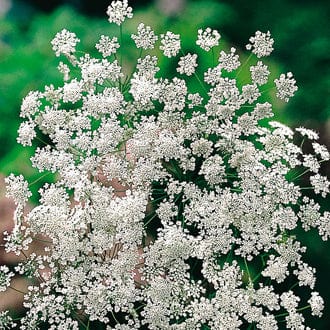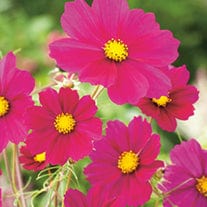The Best Plants for Pollinators in the UK




Item added to bag!
Your Basket
Free Delivery On EVERY Order
Spring 2026 Has Landed - Get Planning Your Beautiful Flower Garden Today
Free Delivery On EVERY Order
Spring 2026 Has Landed - Get Planning Your Beautiful Flower Garden Today
Free Delivery On EVERY Order
Spring 2026 Has Landed - Get Planning Your Beautiful Flower Garden Today
Free Delivery On EVERY Order
Spring 2026 Has Landed - Get Planning Your Beautiful Flower Garden Today
Free Delivery On EVERY Order
Spring 2026 Has Landed - Get Planning Your Beautiful Flower Garden Today
Free Delivery On EVERY Order
Spring 2026 Has Landed - Get Planning Your Beautiful Flower Garden Today
Free Delivery On EVERY Order
Spring 2026 Has Landed - Get Planning Your Beautiful Flower Garden Today
Free Delivery On EVERY Order
Spring 2026 Has Landed - Get Planning Your Beautiful Flower Garden Today
Free Delivery On EVERY Order
Spring 2026 Has Landed - Get Planning Your Beautiful Flower Garden Today
Free Delivery On EVERY Order
Spring 2026 Has Landed - Get Planning Your Beautiful Flower Garden Today
4 For 3 On ALL Seeds

£3.59

£3.59
Your basket is empty
Continue shoppingTaxes included. Shipping calculated at checkout.


When choosing pollinator-friendly plants to place in your garden, there are several factors to consider, such as the type of flower, what shape and colour it is, whether it’s native or non-native, and the season it’ll thrive in.
Always opt for single flowers when planting for pollinators, especially bees, as they can access the nectar and pollen easily. Double flowers often don’t produce any pollen, and if they do, it is harder to access! Open flowers, such as poppies, crocuses, and some dahlias, are easier to access and produce enough pollen and nectar to support pollinators.
Colour choice and flower shape are also important when picking plants that attract pollinators. Bees can see purple more clearly than other colours, and long-tongued bees prefer tubular flowers such as foxgloves, penstemons, and snapdragons.
Short-tongued bees prefer shallow, open flowers such as echinacea, helenium, and scabious, whilst lavender and verbena are particular magnets for bees with their vibrant violet petals and fragrant scent. They provide food during the June gap when bees are at their hungriest and there are fewer pickings.
English cottage garden-style plants and native varieties with simple single flowers are best for bees, as they tend to contain more pollen and nectar than exotics or plants with complex blooms. In general, the wider the range of flowering plants in your garden, whether native or non-native, the greater the number of pollinators you will attract and support.


Pollination is a year-round effort; it occurs when plants are in bloom and pollinators are active. In the UK, it typically takes place from early spring through to late autumn, though some winter-flowering plants can also provide essential nectar and pollen.
Spring: Pollinators need early blooming plants for food after hibernation. Early bulbs, fruit tree blossom, and spring ephemeral flowers, like primroses and violets, are visited during this season.
Summer: Pollinators reach peak populations as gardens achieve peak blooms. As the days become longer, they have more time to forage for nectar in summer plants.
Autumn: Late-blooming autumn plants, like sunflowers and sedum, provide many pollinators with needed fuel before hibernation.
Winter: Although there may appear to be little activity, pollinators are still in the garden during this time. Some blooms, like snowdrops and Hellebores, offer a late-season source of nectar during colder months. Remember to leave decaying plants alone as they may be sheltering overwintering insects.

With evidence to suggest that bee populations are in decline, we all need to do as much as possible to make our gardens a haven for pollinators, providing them with nectar and pollen and places to nest. Nectar gives them the energy to fly and go about their daily functions, while pollen provides protein and fat for developing young.
Consider providing a shallow water source for bees to drink from, a saucer filled with marbles or stones for example, and install bee houses for solitary bees to nest in. You can also set up a nectar café in a sheltered sunny spot, arranging your plants in groups so that the colours and scents are easy for pollinators to detect. Add herbs, as they’re highly attractive to insects, or have a separate herb garden.

Create a thriving garden for bees, butterflies, and other beneficial insects with Johnsons' range of pollinator-friendly plants. From early spring to late autumn, our selection ensures a continuous source of nectar and pollen to support local wildlife. Shop online today and start growing a beautiful, buzzing garden that helps nature flourish!
Find our favourites in one place with our most very best flower plants.
Enjoy the beauty of growing from seed with our premium flower seeds.
Find out the latest on all things Johnsons when you join our email list!
By clicking Sign Up you're confirming that you agree with our Terms and Conditions.

